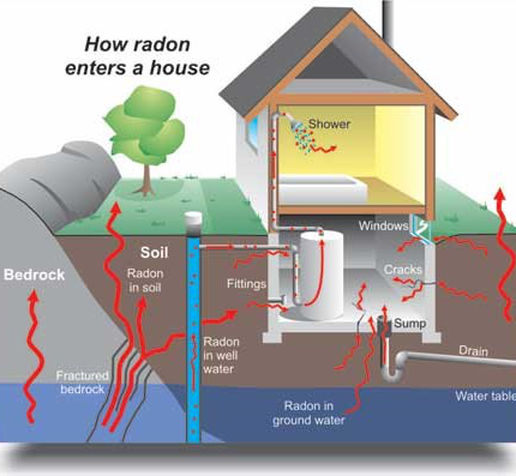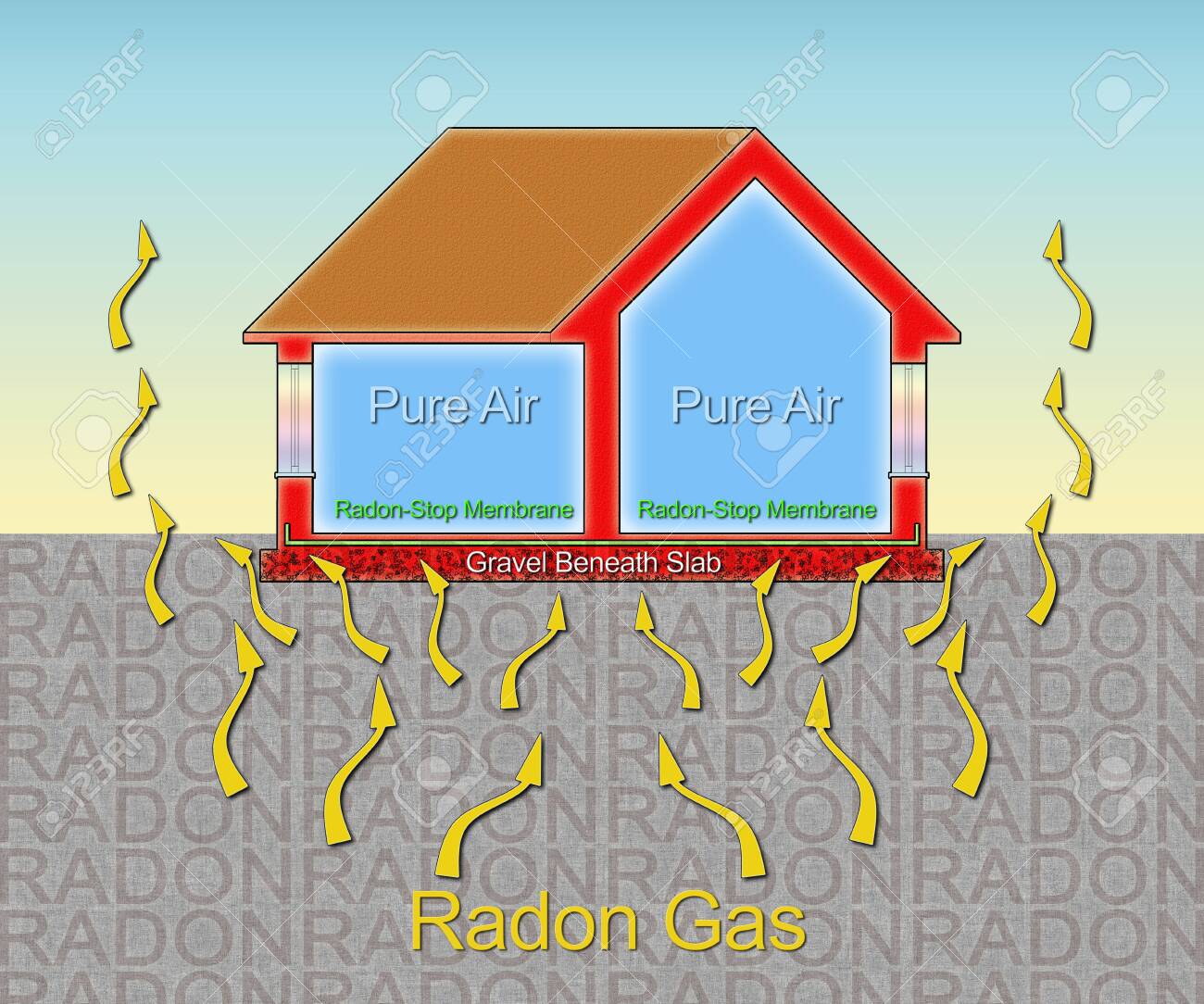About Radon
About Radon Gas:
What are the health risks? Almost all scientists agree that radon is a health hazard to humans and that it causes lung cancer. Risk calculation and the action level usually raise debate. The EPA has declared radon to be a “Class A Carcinogen,” which means that it has been shown to cause cancer in humans. Radon gas decays into radioactive solid particles that can get trapped in your lungs when you breathe. As the particles break down further, they release small bursts of energy that can damage lung tissue and lead to lung cancer. Not everyone exposed to elevated levels of radon will develop lung cancer. The amount of time between exposure and the onset of disease may be many years. Smoking combined with radon exposure is an especially serious health risk. You can reduce your risk of lung cancer by stopping smoking and lowering the radon level in your house.
What levels are too high? Radon is measured in picocuries per liter (pCi/L) of air. A pico Curie is a measure of the amount of radioactivity of a particular substance. A liter is about equal to a quart. The level of radon in outdoor air is about 0.4 pCi/L. The average indoor radon level is about 1.3 pCi/L. The EPA has established 4.0 pCi/L as the action level for radon in houses, schools and workplaces. This is a technology-based number, not a health-based level. Current mitigation technology can generally reduce radon levels to 3.9 pCi/L or less. Since radon is a carcinogen, no level is completely risk-free. However, since it is a natural part of the environment there is no such thing as a “0” level. (Radon is the largest source of exposure to naturally occurring radiation)
How does radon get into homes? Radon is a soil gas that typically moves up through the ground to the air above. Air pressure inside a house is usually lower than pressure in the soil around the house’s foundation. Because of the difference in pressure, a house acts like a vacuum, drawing radon in through dirt floors, hollow-block walls, cracks in the foundation floor and walls and openings around floor drains, pipes and sump pumps.
Radon testing and how it works
Radon testing is carried out using radon detectors. These are small, black, round capsules that can sit in the palm of your hand. Inside the radon detector is a plastic rectangle known as a CR-39 to which alpha particles impinge and leave microscopic tracks invisible to the naked eye.
Radon has peaks and troughs during the day and night and from month to month. For example, during the summer, windows and doors are more likely to be open thus creating an airflow which can reduce radon levels. In the winter however, a more air tight environment is created which can mean radon levels become more concentrated.
For this reason, results are given as weighted average measurements for domestic properties and annual maximum for workplaces with seasonal adjustments stipulated by the HPA applied dependent on the time of year the test was carried out.
The radon detectors are sent to our approved laboratory where they will process the CR-39 rectangle to obtain the radon levels.
We have over 25 years experience the radon Mitigation Business

Happy Customers This Year!
%



